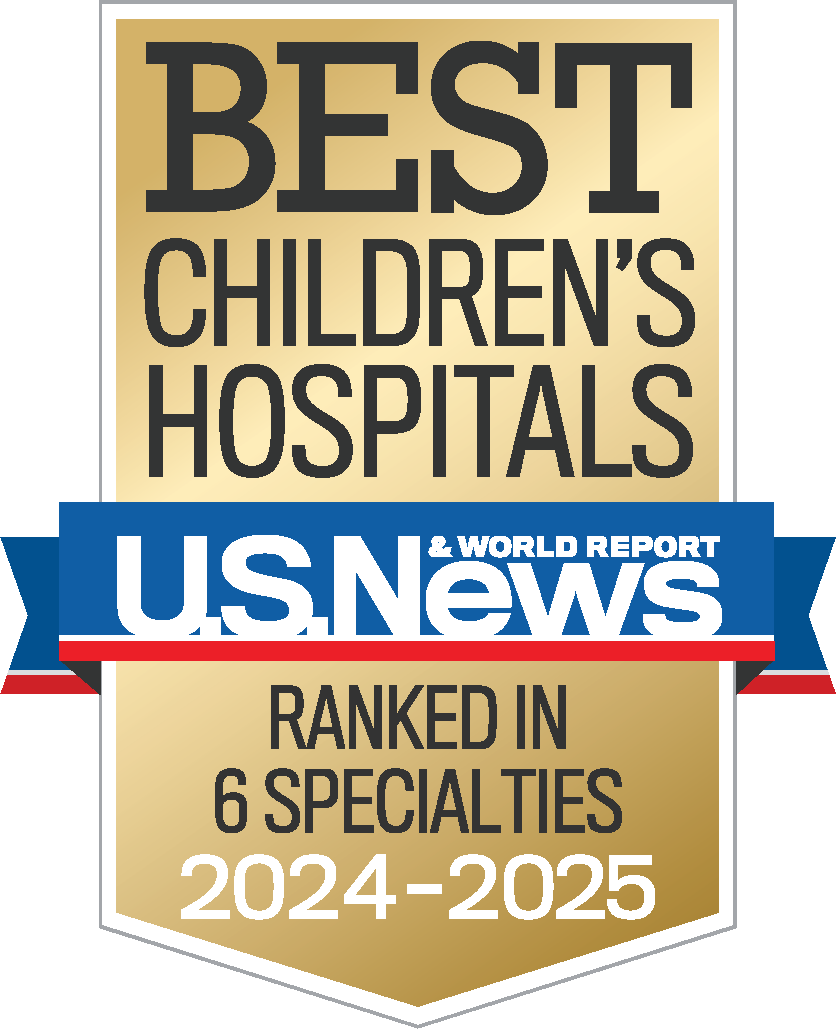Glossary of Commonly Used Terms in the PICU
The glossary explains a number of terms frequently used in the critical care areas. Please ask your child’s
nurse to explain anything you do not understand.
Antibiotics: A medication given to treat bacterial infections.
Arrhythmia: An irregular heart beat.
Arterial Line (Art Line or A-Line): A small tube placed in an artery that measures blood pressure and takes blood samples painlessly.
Blood gas (ABG): A test that measures the amount of oxygen, carbon dioxide, acid and electrolytes in a small sample of blood; often used to assess how well your child is breathing.
Bradycardia: A slower than normal heart rate.
Central Line: An intravenous tube placed in a large vein to allow administration of medication, nutrition, or measurement of central venous pressure (CVP).
Central venous pressure (CVP): The pressure in a large vein which brings blood directly to the heart. Frequently used to help determine if a child needs more or less fluid.
Cerebrospinal fluid (CSF): The fluid that surrounds the brain and spinal cord.
Chest tube: tubes inserted through the skin, into the space around the lungs to drain fluid or air.
Chest x-ray: An x-ray of the chest.
Continuous renal replacement therapy (CRRT): A machine used to remove fluid and electrolytes and toxins from the body when the kidneys are unable to.
CT scan: A computerized x-ray that provides more detail than does an X-ray
Diuretic: A medication given to increase urine output.
Echocardiogram (Echo): A special ultrasound to visualize the structure and function of the heart.
Electrocardiogram (ECG or EKG): A graphic record of the electrical activity of the heart.
Endotracheal tube (ETT): A flexible tube placed through the nose or mouth into the child’s windpipe (trachea). Used to deliver breaths from a ventilator.
Extubate: Removing the ETT from the windpipe in order to allow the child to breathe on their own.
Foley Catheter: A small tube placed into the bladder to drain and measure urine.
Inotropes: Medications used to help raise your child’s blood pressure and support their heart.
Intracranial pressure (ICP): The pressure inside the skull.
Intubate: Insertion of an endotracheal tube (ETT).
Monitor: A machine attached to the child by wires which display vital functions such as heart rate and rhythm, oxygen saturations, CVP, art line, respiratory rate and temperature.
MRI: A computerized test that uses magnets to visualize three dimensional images.
Nasogastric tube (NG tube): A soft plastic tube placed through the nose and into the stomach; used either to drain fluid or air, to give formula, or to give medications.
NPO: Nothing by mouth; unable to eat or drink.
Oxygen saturation (O2sat, Sats): A measure of the amount of oxygen in the blood.
Tachycardia: A faster than normal heart rate.
TPN (Total parenteral nutrition): Intravenous nutrition (calories, sugar, protein, fats, vitamins and minerals) given directly into the blood stream.
Transfusion: Giving blood or blood products intravenously to correct a low blood count.
Ultrasound: A method of visualizing parts of the body using sound waves.
Ventilator: A machine that helps your child breathe.
Weaning: The process of slowly getting a child off a ventilator or medications as their health improves.




